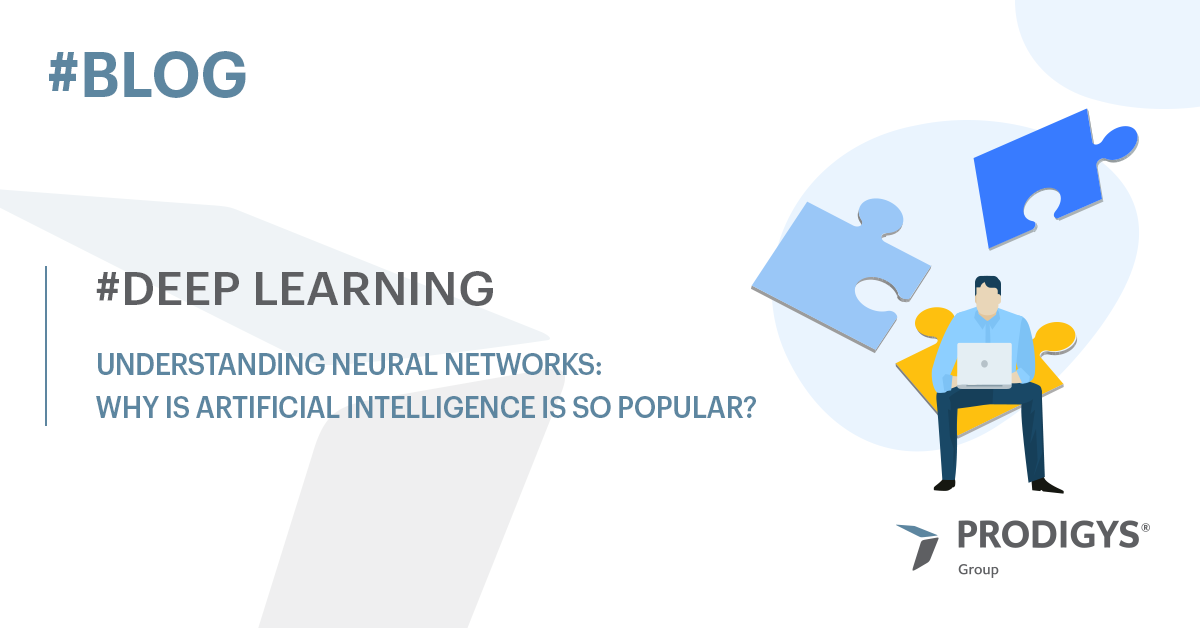
Deep Learning
- Posted by agrAdminEGG
- On April 2, 2022
Introduction
The widespread use of Artificial Intelligence and its possible consequences are on everyone’s mouth, but you rarely get to the bottom of “why is it so popular?”. One of the most successful branches of AI, and particularly of Machine Learning, is Deep Learning, so let’s understand why it’s so widespread.
Understanding this field
Artificial Intelligence (or AI)
is a broad field of IT sciences that studies and develops algorithms that give machines self-learning capabilities.
Machine Learning (or ML)
is a research field that aims at extracting knowledge (a model) of data, without having to program it ad-hoc, but using examples. First, you train a model (training phase) with structural and categorized data using human feedback. Then, you verify the results of the training with validations (test phase).
Example: a model that can distinguish between spam and personal emails.
Deep Learning (or DL)
is a brunch of Machine Learning and it shares the same objective, but with a twist. The aim is to create a model to automate learning without needing structural data. The system itself should identify the distinguishing features in the data, avoiding the need for external input.
Example: a model to classify images.
Deep Learning algorithms are based on neural networks. This is a structure that enables a machine to take in input information, process it and identify the relevant input for the task at hand, just like humans do.
This is what enables this system to process even unstructured data. This approach is good for complex tasks where it would be impossible to categorize all the relevant feature beforehand.
Neural Networks
Neural networks are made of multiple fundamental units called Neurons (or artificial neurons). Each Neuron receives information, processes it, and sends new information in return to the following Neurons.
One or more Neurons grouped together make a layer. There are three types:
- input layer, where our data is first added.
- hidden layer, where most of the processing happens.
- output layer, where the result of your model will be displayed.
The most famous types of Neural Networks are:
- Perceptron: the simplest possible, it only has one Neuron.
- Feedforward Networks: artificial neural networks where the information travels in only one direction
- Recurrent Networks: where the output of a layer is used as input for the next. The connection between layers is what allows them to keep data in memory.
- Convolutional Neural Networks: a specific type of Feedforward Networks in which some of the layers perform tasks typical of image processing, like convolutions, pooling and activation functions. They are often used in image recognition and in bioinformatics.
Workflow
Like in every Artificial intelligence field, the data flow is the following:
- Plan the project, create a dataset
- Train and test your model
- Assess it
Firstly, you plan the model and create a dataset. To do this, you need to have a clear idea of the problem (classification, regression, clustering) and you need to choose what type of model to use.
Then, you need to clean and standardize your data.
Finally, you train your Neural Network with a given dataset in order to assess its performance. If required, you might have to recalibrate the parameter of the model until the scores are optimized.
Why AgrEGG
Thanks to AgrEGG and the work of our data scientists, you will have access to the full potential of Artificial Intelligence.
Machine Learning and Deep Learning modules can be easily extended and customized to meet your every need. You will have the right tool to guide your company towards new challenges and you will have an analysis system developed by experts in each sector without having your own dedicated team.


0 comments on Deep Learning